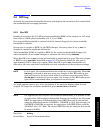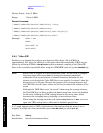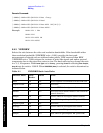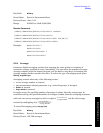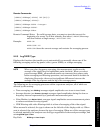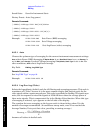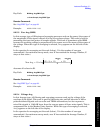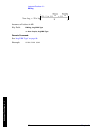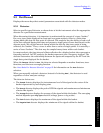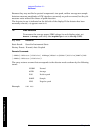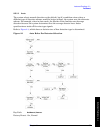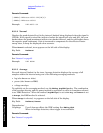
Chapter 2 91
Instrument Functions: A - L
BW/Avg
Instrument Functions: A - L
Key Path: BW/Avg, Avg/VBW Type
or Auto Couple, Avg/VBW Type
Remote Command:
See
“Avg/VBW Type” on page 89
Example: AVER:TYPE LOG
2.2.5.3 Pwr Avg (RMS)
In this average type, all filtering and averaging processes work on the power (the square of
the magnitude) of the signal, instead of its log or envelope voltage. This scale is best for
measuring the true time power of complex signals. This scale is sometimes called RMS
because the resulting voltage is proportional to the square root of the mean of the square of
the voltage. When this type of averaging is selected, PAvg appears on the left side of the
display.
In the equation for averaging on this scale (below), N is the number of averages
accumulated. (In continuous sweep mode, once N has reached the Average Number, N
staysatthatvalue.)
Assumes all values in dB.
Key Path:
BW/Avg, Avg/VBW Type
or Auto Couple, Avg/VBW Type
Remote Command:
See
“Avg/VBW Type” on page 89.
Example: AVER:TYPE RMS
2.2.5.4 Voltage Avg
In this Average type, all filtering and averaging processes work on the voltage of the
envelope of the signal. This scale is good for observing rise and fall behavior of AM or
pulse-modulated signals such as radar and TDMA transmitters, but its response to
noise-like signals is 1.049 dB lower than the average power of those noise signals. This is
compensated for in the Marker Noise function. When this type of averaging is selected,
VAvg appears on the left side of the display.
In the equation for averaging on this scale (below), N is the number of averages
accumulated. (In continuous sweep mode, once N has reached the Average Number, N
staysatthatvalue.)
New Avg 10
N1–()10×
Old Avg
10
--------------------
10
New data
10
----------------------
+
N
------------------------------------------------------------------------------
log×=



